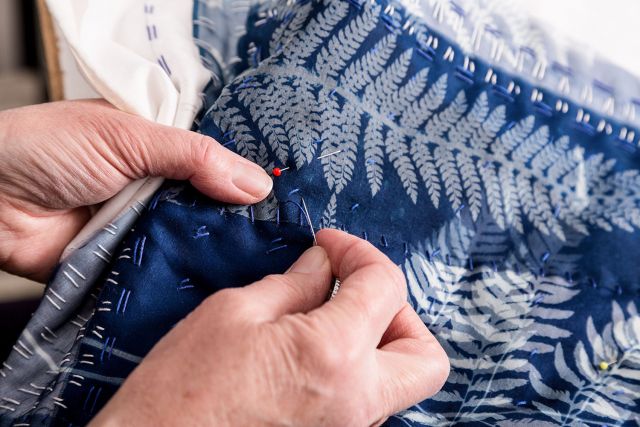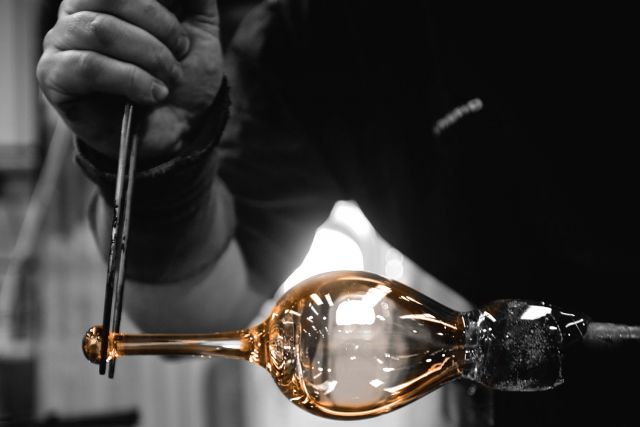This Baryton has three sets of strings: one set is bowed and the remaining two resonate in sympathy with the bowed strings and are also plucked to accompany the bowed strings. The soundboard was built using the system of using bent staves, as used in barrel making or cooperage. It has a golden yellow varnish.
Length 123 cm
Width 36 cm
Height 23 cm
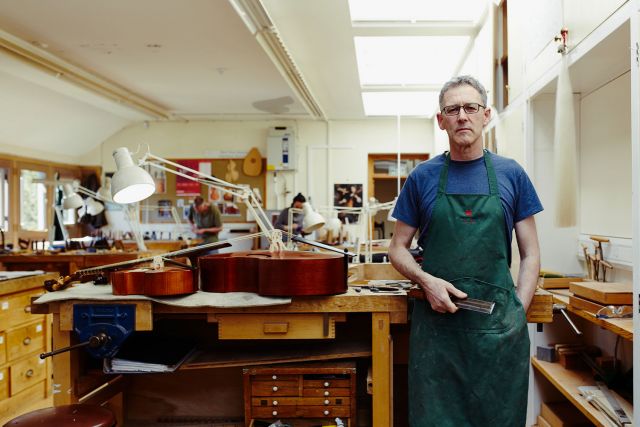
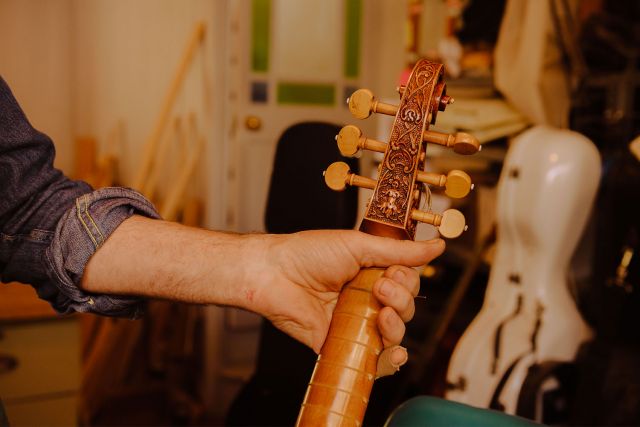
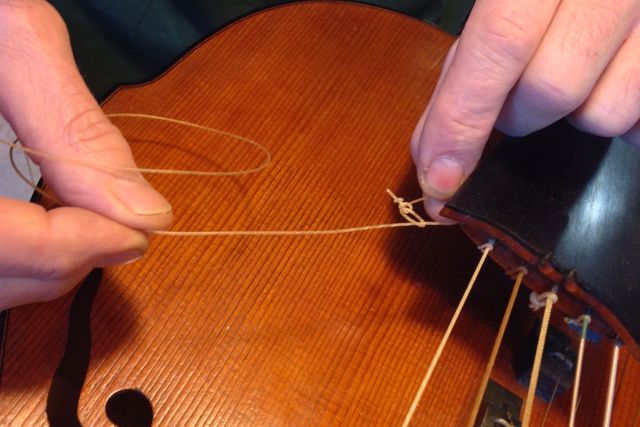

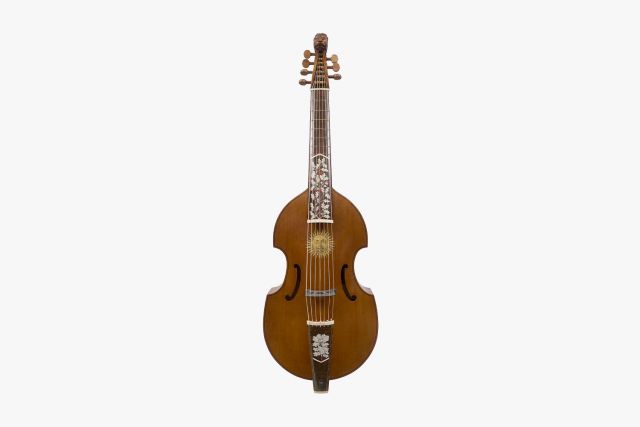
Shem Mackey
- Luthier
- Ramsgate, United Kingdom
- Master Artisan
- Recommended by Queen Elizabeth Scholarship Trust - QEST
By appointment only
+44 7718023440
Virtuoso viols
- • Shem perfected his skills under the tuition of masters
- • He is a founder member of the British Violin Making Association
- • In 2016, he received the Fattorini award for excellence in British craftsmanship
Born in Ireland but based in Ramsgate, Shem Mackey has been making stringed musical instruments for over 20 years. After a short time at the musical instrument workshop in Beitenwiel, Switzerland, he attended an Early Instrument making course at the London College of Furniture – where he had tuition from master luthiers like Stephen Barber, Stephen Gottlieb and Norman Myall – and in 2009 he took a master degree at the London Metropolitan University. Becoming disillusioned with the making methods that he had been taught at college, Shem Mackey began to look more closely at original work of the long dead makers and developed a system of making that was informed by the evidence within the instruments themselves: particularly in the visible maker’s mark, the tool marks and the repeated oddities.
Read the full interviewWorks
Photo: © Ellen Broughton

Photo: © Ellen Broughton
The body of the bass viola da gamba – including the soundboard – is made entirely from Spanish cedar. The fingerboard and tailpiece are bordered with a decorative gold leaf pattern. The carved and gilded head is of the biblical character Daniel. This instrument has six strings.
Length 122 cm
Width 385 cm
Height 231 cm

Photo: © Ellen Broughton
This bass viola da gamba has been constructed in the late 17th century French style. The carved head is of a dragon suggested by the fashion of the period and styled on an original by Joachim Tielke of Hamburg. This viola has the lower seventh string introduced by the French composer St Colombe in the 1680s. This viola has seven strings.
Length 120 cm
Width 360 cm
Height 216 cm

Photo: © Ellen Broughton
This small instrument, a lyra viol, has an extra set of sympathetic strings that through a hollow channel carved in the neck. The head is typical of a style of carving from the early 17th century in England. The fingerboard and tailpiece are decorated with inlaid geometric patterns of black and white lines. The varnish is a deep red brown.
Length 115 cm
Width 33 cm
Height 20 cm

Photo: © Ellen Broughton
This tenor viol has a fingerboard and tailpiece decorated in marquetry with contrasting boxwood inlaid with sand-shaded walnut. The scroll is heavily carved with a deeply cut floral decoration. It has double lines of inlaid decorative ‘purfling’ around the edges of both front and back and similar inlaid lines around both sound holes, In the centre of the soundboard there is a decorative inlaid ‘rosette’ which is cut from maple and backed with punched parchment.
Length 88 cm
Width 28.5 cm
Height 17.1 cm






